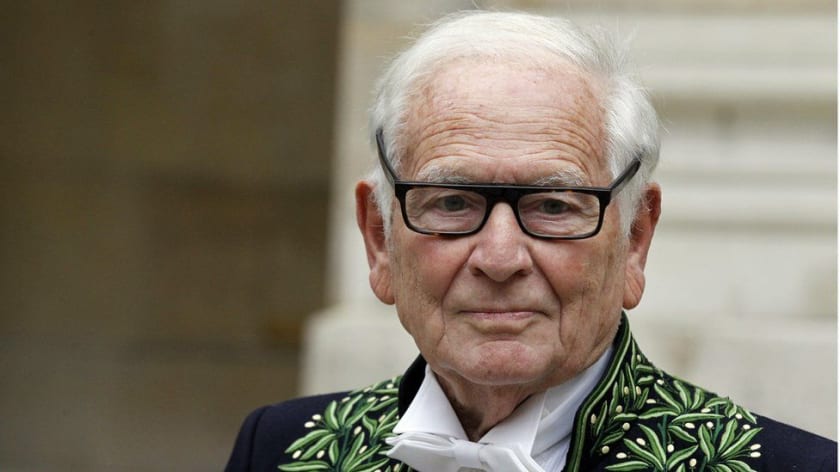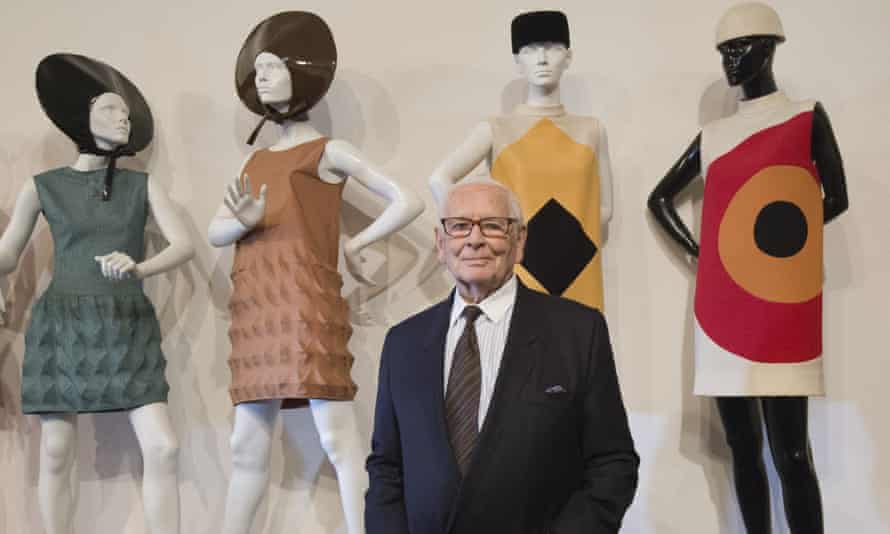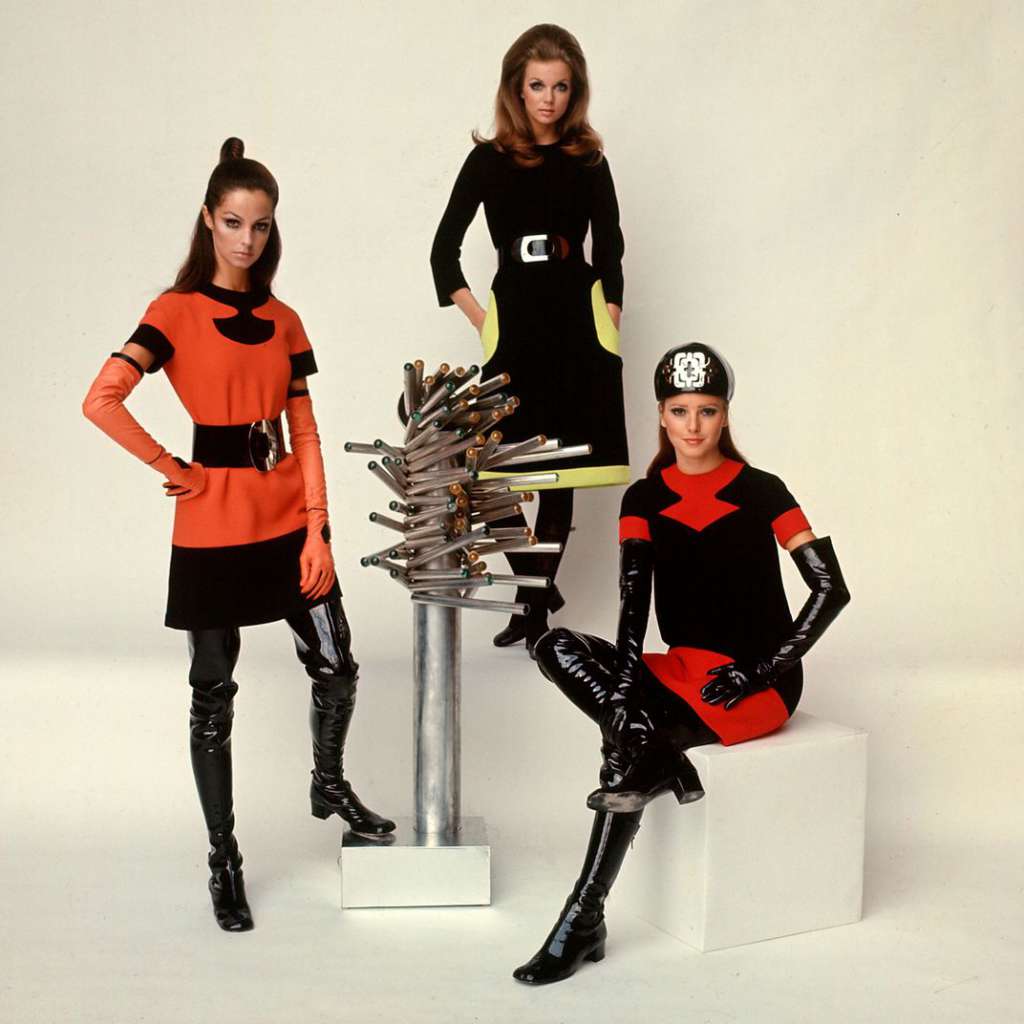Best of Late Fashion Designer Pierre Cardin: Geometric Shapes and Motifs



Pierre Cardin is a well-known French fashion designer known for his geometric forms and Space Age creations. He eventually transitioned to unisex clothing, which was occasionally innovative, albeit seldom practical.
In the 1960s, fashion designer Pierre Cardin established the Space Age style with Stark tunics, spectacles, and headgear. Cardin entered the automobile industry in the early 1970s, developing muscle car decor. Additionally, Pierre Cardin was the proprietor of the Maxim Hotel and Restaurant Company.
He developed an early interest in fashion. Cardin began his career as a clothier's apprentice at the age of 14, learning the fundamentals of fashion and building. He began honing the abilities to propel him to prominence as the twentieth century's most great designer.
Cardin relocated to Paris in 1945
French fashion designer Pierre Cardin jumped from one job to another swiftly throughout his first 5 years in France's capital city. He got work with the Paquin fashion house, founded by the late Jeanne Paquin.
He was credited with contributing to the design of Dior's "New Look," as a type of dress meant to accentuate femininity in women's clothes where they assumed traditionally male responsibilities. Although Cardin was originally part of a group that contributed to the development of a feminine style, he is most known for designing garments that had the opposite effect.
In 1950, He left Dior to create his own label

Pierre Cardin began his career making costumes for stage productions but rapidly gained a massive following. In 1953, he showed his first collection of women's clothes and became a part of the Chambre Syndicale, a French haute couture designer association. In 1954, Pierre Cardin started his first women's store, called 'Eve'. The next year, his bubble dresses became a worldwide phenomenon. The design still remains popular to date: a loose-fitting dress that is tightened at the waist, expanded at the hips, and pulled in at the hem to create a "bubble" effect.
Cardin was soon looking for inspiration outside of France
In 1957, he traveled to Japan and became the first Western designer to seek Eastern influences. He scouted commercial opportunities in Japan while also researching the country's fashion trends for ideas. He was appointed honorary professor at the Japanese fashion school Bunka Fukusoi, where he conducted a 30 days course on three-dimensional cuts.
Cardin also founded his first men's boutique, Adam, in Paris in 1957

In 1958, in Boston, French fashion designer Pierre Cardin received the "Young Designer" prize. In 1959, Cardin was ousted from the Chambre Syndicale. According to the most often cited version of the story, his departure was precipitated by his establishment of a women's ready-to-wear line at Paris department store Printemps.
At the time, haute couture designers worked only for private clients who commissioned custom-made clothing, and Cardin's conduct was interpreted as a threat to the fashion industry's established norms. Cardin withdrew from the organization, according to another version of the tale, in protest over the organization's restriction on press coverage.
Whatever the case, it was a first for a prominent French designer to make haute couture clothing available to anybody other than private clients. It was also symbolic of what Cardin's firm would become: a corporation less concerned with the conventional Paris fashion house business model and more focused on profitable projects.
The 1960s was a fruitful and varied decade for Pierre Cardin
Pierre Cardin began designing clothing influenced by science in the early years of the decade. This became dubbed the "Space Age appearance." Interestingly, much as Japanese fashion inspired Cardin years earlier, certain Japanese designers continue to be highly affected by Cardin's pioneering futuristic style. Around this period, a clothing line astonished everyone by featuring the designer's logo on the items for the first time.
He launched ‘Cylinder’ with 250 French students and established men's ready-to-wear, women's ready-to-wear, and accessories divisions. While not everyone agrees on the legacy he was creating, there is no doubting that Pierre Cardin was one of the most important and wealthy fashion designers.
Final Words
With his innovative strategies, Pierre Cardin was the very first fashion designer to enter the Japanese market. He was also the first French designer to take on London's Savile Row, changing the way menswear is seen worldwide and pioneering the brand licensing system, which dominated the fashion business for the next decade and beyond. Pierre Cardin was also a pioneer of ready-to-wear.



















